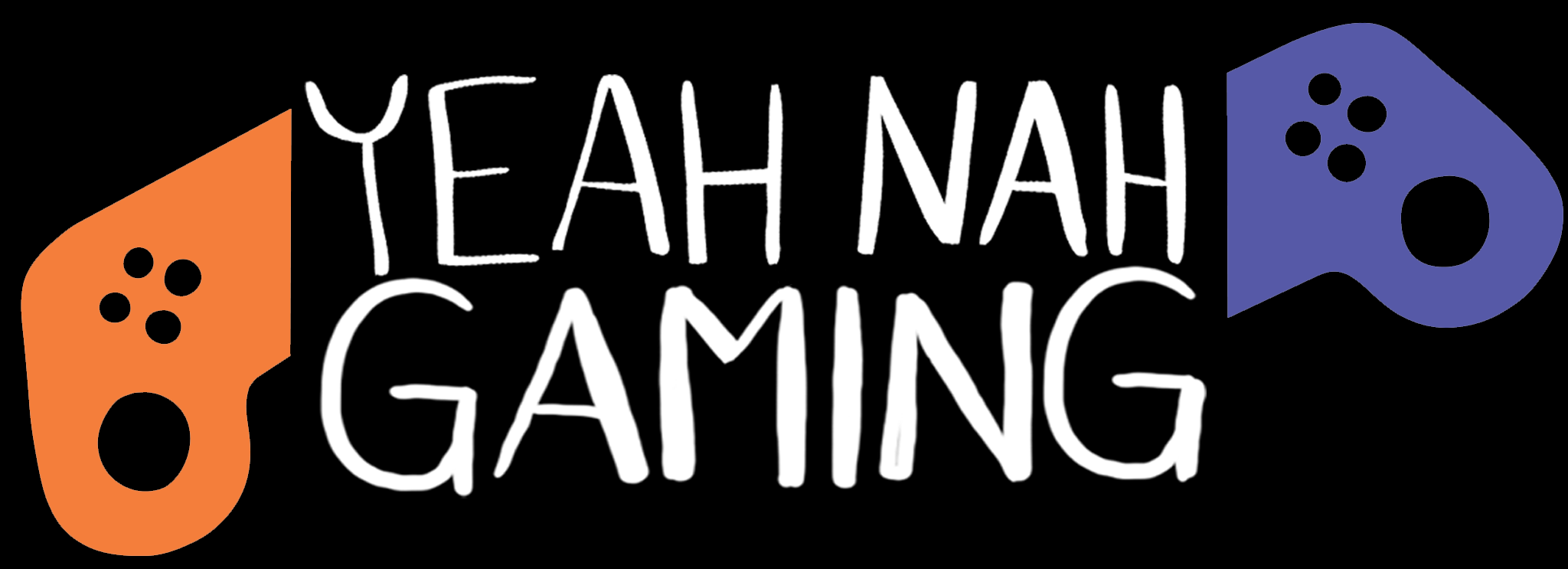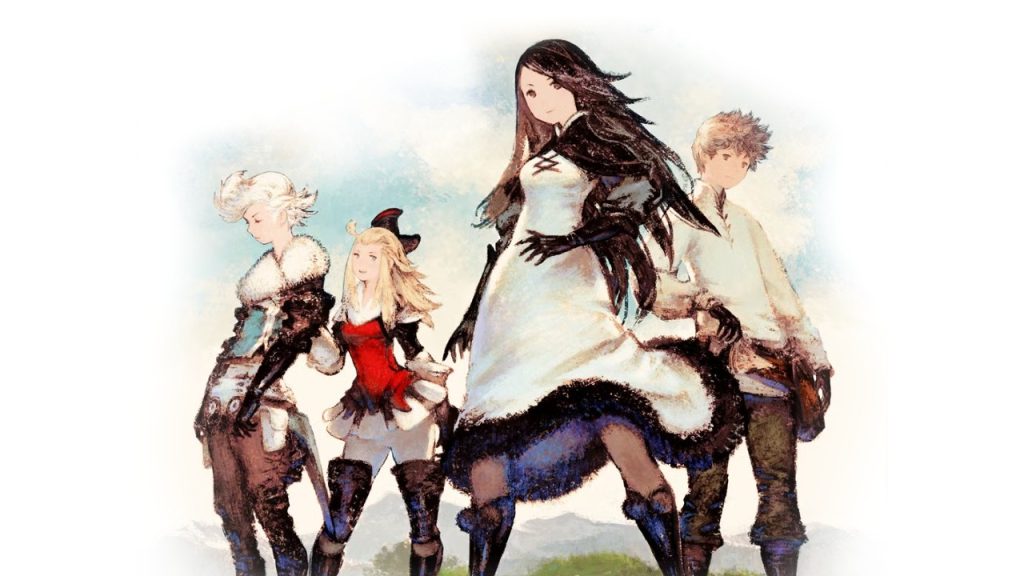In 2013, Square Enix reminded the world that it still knew damn well how to make a classic-style JRPG with Bravely Default for 3DS. While Final Fantasy was going in divisive new directions with Final Fantasy XIII, here was a very deliberate throwback to games like Final Fantasy III and V, complete with a job system, turn-based battles, crystals, dungeons to explore, airships, and all that good stuff. But players soon found out that it was more than just a nostalgia-tinged return to the genre’s glory days, with clever twists on classic game design and a story that didn’t shy away from subverting expectations.
With Bravely Default: Flying Fairy HD Remaster, this classically-inspired classic finds a new home as one of the launch titles for Nintendo Switch 2.
Bravely Default is, for the most part, a very clear and obvious nod to those games that inspired it. An amnesiac hero, Tiz, wakes up in a world where the elements are all corrupted—the result of the four great crystals that keep everything in balance losing their light. Tiz meets Agnes, a young woman charged with protecting the Wind Crystal, and her fairy companion Airy, and together they set out on a quest to restore light to the crystals and save the world—joined soon after by two more companions, the knight Edea and an insufferable wannabe lady’s-man called Ringabel. Naturally, there’s a militant empire trying to expand its influence and stop the restoration of the crystals at any cost. It’s old-school Final Fantasy stuff, right down to the letter.
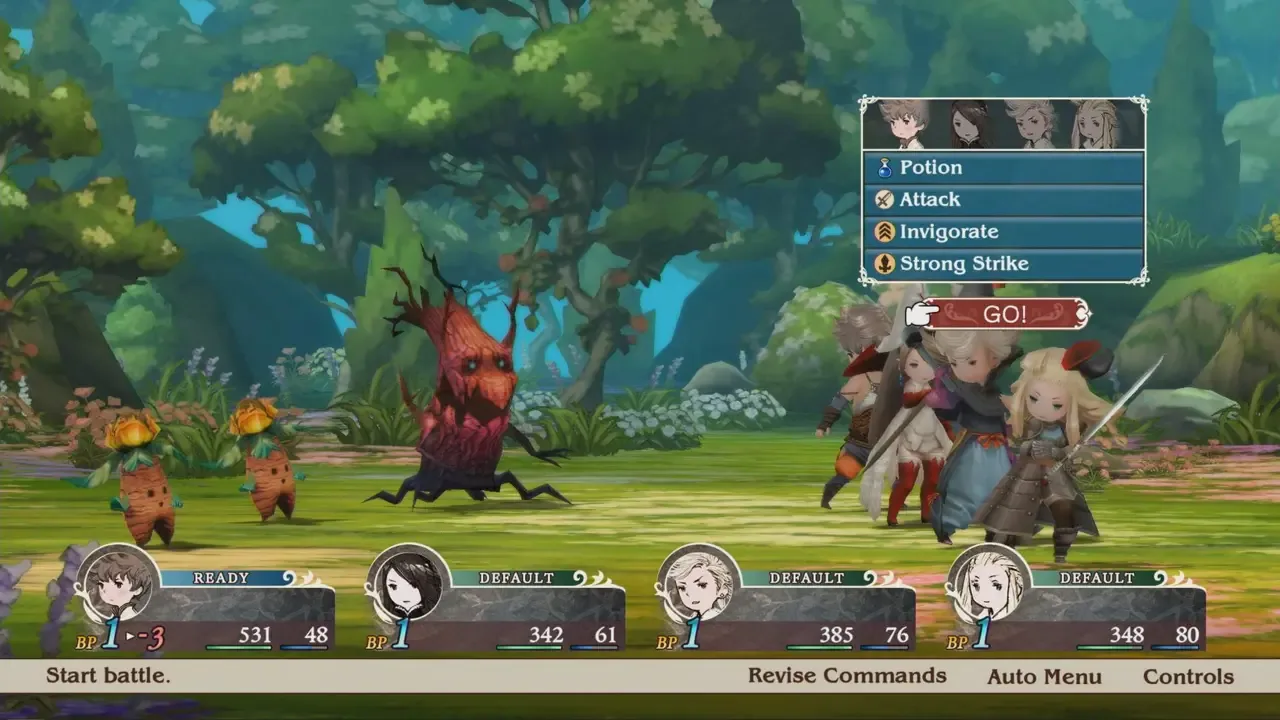
That stark influence carries through to the job system that sits at the core of Bravely Default’s game design. It’s near identical to that of Final Fantasy V and the Tactics games, with a growing assortment of jobs that characters can mix and match among their party. Levelling up individual jobs unlocks skills that can be used with other jobs, resulting in ever-expanding possibilities in terms of party setups. Early on, that’ll be simple things like giving the White Magic command to a Knight to create a powerful defensive fighter who can also heal in a pinch; by the end of the game, builds can be downright game-breaking if you want them to be. Also—“White Magic”? Yeah, most of the jobs are iconic Final Fantasy jobs: Black, White, and Red Mages, Monk, Knight, Thief, and so on.
That job system feeds into a turn-based combat system that, again, feels like it’s been pulled straight out of the ‘90s. Four characters all lined up in a row, selecting attacks and spells from a command window. Turns are at the whole team level—as in, you pick actions for all four party members at once, and then they play out roughly according to characters’ and foes’ speed stats—so a degree of anticipation and preparation is necessary for any combat strategy. In dungeons and the world map, a top-down view evokes the atmosphere of this game’s two-dimensional points of reference.
But for all its retro inspiration, Bravely Default is anything but tied to the past. A core function of this otherwise old-school battle system is the ability to mess with turn orders: with the “Brave” command, a character can take up to four turns in one go, at the cost of being left vulnerable once that assault ends; with “Default”, a character defends while also banking a bonus turn to take later. This isn’t just a gimmick, but a foundational part of the whole game, with battles designed and balanced around players (and enemies!) making full use of the system. The result? A battle system that feels “classic” while still being extremely dynamic and fluid, especially once you really come to grips with its intricacies.
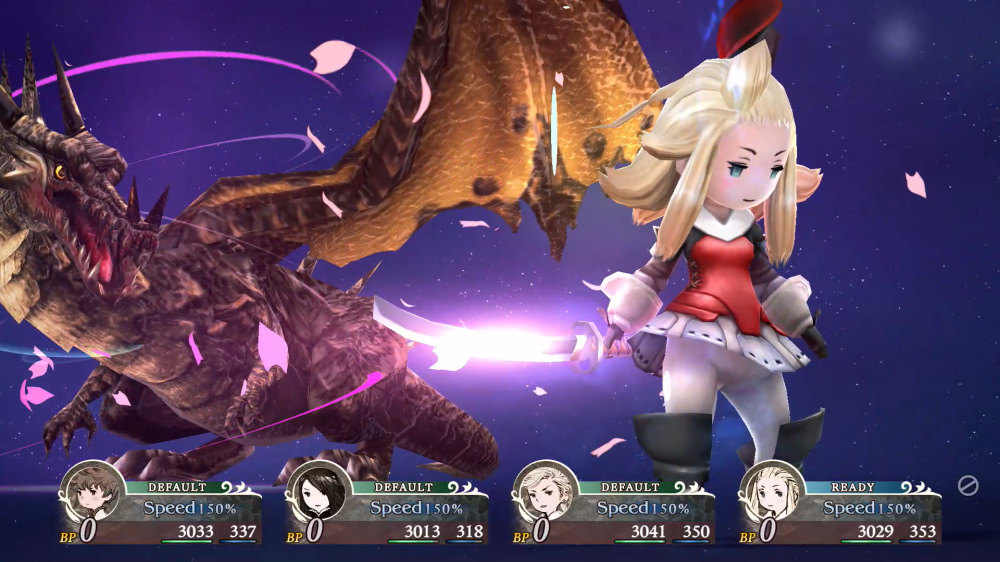
That same energy flows into Bravely Default’s story. Without getting into spoilers, what starts as a very clear homage to early Final Fantasy narratives ends up going in some surprising, subversive directions. As much as Bravely Default is a love letter to the games that inspired it, it’s also a reflection on the themes and assumptions inherent in those games—a challenge against them, even. Square Enix hasn’t shied away from this kind of self-aware introspection in recent years, with Stranger of Paradise and Final Fantasy VII Remake being the most prominent recent examples. With the hindsight afforded by an HD remaster, Bravely Default was ahead of its time on this one.
Unfortunately, some of what made the original game’s twists so impactful are missing from Bravely Default HD Remaster, simply due to hardware differences. The original game did some clever, thematically-relevant things with the 3DS camera, augmented reality functions, and social functions. With the Switch 2’s lack of a built-in camera and very different social environment, those things have had to be adapted—a necessary change, but one that still undermines some of the game’s most impactful moments to some degree.
Those moments aside, this is an excellent remaster. Higher-resolution character models, maps, and artwork bring an increased sense of visual polish without deviating from the original’s distinctive art style. The user interface has been completely overhauled to convert what was originally a dual-screen game into a single-screen one, which means a more typical minimap and menu arrangement. Other useful features from subsequent games in the series have also been added, like recommended levels for dungeons and the ability to save and quickly switch between different party setups.
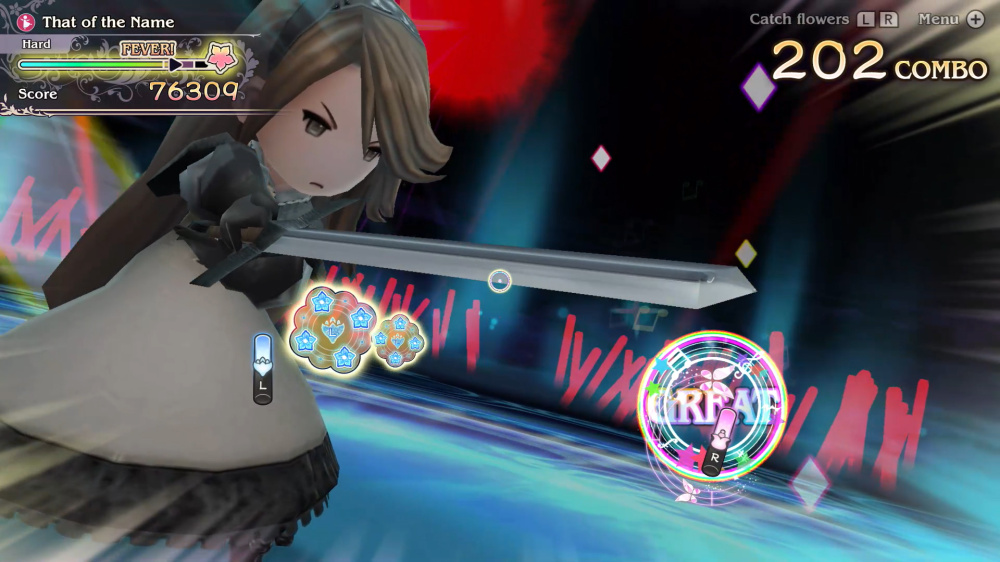
Last, but certainly not least, Bravely Default HD Remaster includes two very fun new minigames, both designed around the Switch 2’s unique capacity for dual mouse controls. Luxencheer Rhythm Catch is a rhythm in which you use the two mice to control on-screen light sticks, “catching” notes as they fall down the screen. It’s a simple concept that pushes an unusual control scheme to nifty heights with clever charting. It’s a mini-game, so there are only five songs with three levels each, but there’s a strong proof-of-concept here—here’s hoping there are plans for a full game down the line.
The other mini-game is Ringabel’s Panic Cruise, an arcade flight sim of sorts, but with a twist: you manually control your airship by using the two mice to interact with the ship’s controls. Steer by grabbing and spinning a steering wheel on-screen and adjust elevation in a similar fashion. When something breaks—which happens often—grab a spanner and fix it. When party members bark orders at you to do things like adjust engine temperature or change the radio channel, do so by fiddling with the relevant dials on the control panel. When bugs start getting in the way, grab a fly swatter and swat them. All in a dual-mouse, point-and-click fashion… It’s absolute chaos, in the best way.
With these two mini-games, Bravely Default HD Remaster is a wonderful showcase of what can be possible with Switch 2’s mouse controls. Joy-Con 2 mouse mode has been largely seen as a gimmick since it was first announced, or limited to a narrow pool of specific use cases like strategy games. But with a bit of creativity and innovation, there’s a lot you can do with this control scheme—these mini-games are proof of that.
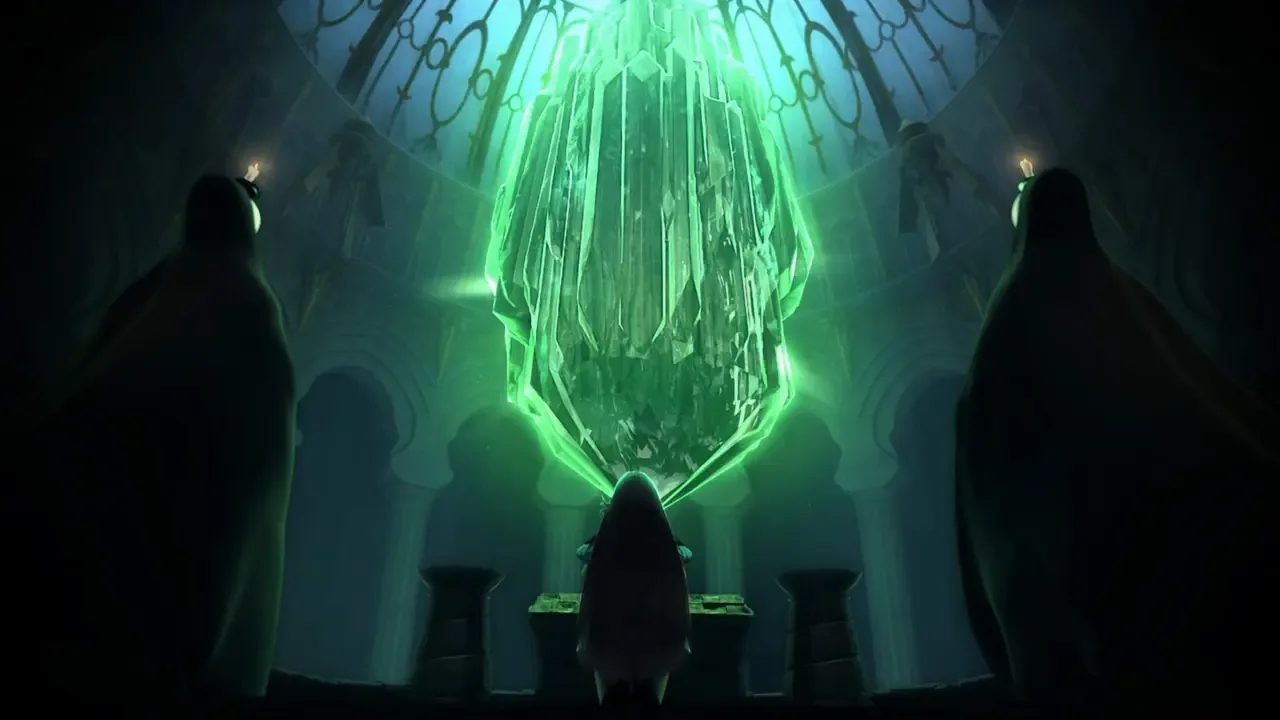
Bravely Default: Flying Fairy HD Remaster was a surprising choice for a Switch 2 launch title, but for anyone who loves JRPGs—classic Final Fantasy in particular—it’s the pick of the lot. It loses something in the transition away from the unique capabilities of the 3DS, but that’s largely balanced out by a gorgeous graphical touch-up, an assortment of UI and quality-of-life improvements, and some fantastic new mini-games that serve as a perfect tech demo for one of the Switch 2’s most side-eyed design features.
